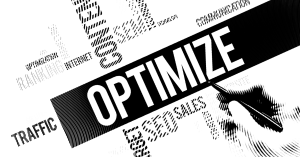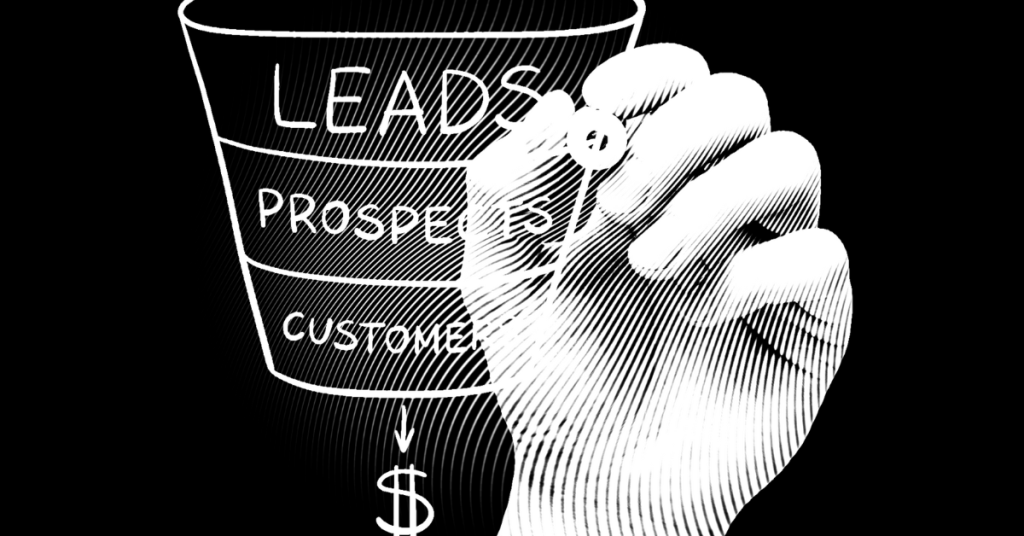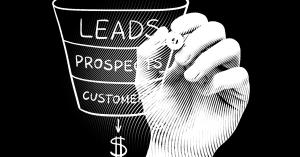
Optimizing buyer enablement
Optimizing buyer enablement You may be wondering how to entice customers to buy your product. There are a few key things you can do to
Sales pipelines are often thought of as being exclusively for sales teams, but the truth is that they can be just as valuable for businesses of all kinds.

Mads Winther

A sales pipeline is simply a visual representation of your sales process, from start to finish. It shows every step that a potential customer goes through on their journey from becoming aware of your company to becoming a paying customer.
There are many benefits to having a sales pipeline, but perhaps the most important is that it allows you to see where your potential customers are in their journey and identify any bottlenecks or areas of improvement. It also helps you to track your progress and measure your success over time.
If you’re not sure where to start with developing a sales pipeline, don’t worry – we’ve got you covered. In this article, we’ll walk you through everything you need to know about how to create a sales pipeline that works for your business.
A sales pipeline is simply a way of visualizing your sales process. It’s a tool that can be used by businesses of all sizes to track and manage their sales, from start to finish.
The sales pipeline typically consists of a series of stages, each representing a different step in the journey from initial contact with a potential customer to closing the sale. Depending on your business, there may be more or fewer stages in your pipeline.
The most common stages in a sales pipeline are:
1. Lead generation
2. Qualification
3. Needs assessment
4. Solution presentation
5. Evaluation
6. Closing
7. Post-sale follow-up
Some businesses may also include additional stages, such as lead nurturing or upselling/cross-selling.
Sales pipeline development is the process of creating a system to track and manage your sales prospects. It involves creating a database of potential customers, tracking their contact information, and assigning them to a sales representative.
The goal of sales pipeline development is to create a system that helps you close more deals and increase your overall sales.
When developing a sales pipeline, there are a few key things to keep in mind:
1. Define your target market.
2. Research your competition.
3. Create a database of potential customers.
4. Track your progress.
5. Make improvements as needed.
1. Create a buyer persona: The first step to creating a database of potential customers is to define your target market. To do this, you’ll need to create a buyer persona.
A buyer persona is a semi-fictional representation of your ideal customer. It takes into account factors such as demographics, interests, and needs.
Creating a buyer persona will help you focus your sales efforts and make it more likely that you’ll reach your target market.
2. Use lead generation tools: Once you have a buyer persona, you can start generating leads. There are a number of lead generation tools available, such as web forms and landing pages.
You can also use social media to generate leads. For example, you can run ads on Facebook or LinkedIn that target your buyer persona.
3. Add leads to your database: Once you have a list of potential customers, you’ll need to add them to your database. You can do this manually or using a CRM (customer relationship management) system.
A CRM system will help you keep track of your leads and customer interactions. It can also automate some of the sales process, such as sending follow-up emails.
4. Qualify your leads: Not all leads are created equal. Some leads are further along in the sales process than others.
To qualify a lead, you’ll need to determine how likely they are to buy your product or service. This can be based on factors such as budget, need, and timeline.
5. Nurture your leads: Once you have a database of potential customers, it’s important to nurture your leads.
This involves staying in touch with your leads and keeping them up-to-date on your product or service. You can do this through email marketing, social media, or even personal phone calls.
The goal of nurturing your leads is to keep them interested in your product or service until they’re ready to buy.
1. Define your sales process: The first step to creating a sales pipeline is to define your sales process. This involves creating a series of steps that your sales team will take to close a deal.
2. Document your sales process: Once you have a sales process in place, it’s important to document it. This will help ensure that everyone on your sales team is following the same process.
3. Train your sales team: Once you have a sales process in place, you’ll need to train your sales team on how to use it. This can be done through formal training or by providing them with written materials.
4. Measure your results: Once you have a sales process in place, it’s important to measure your results. This will help you identify any areas where your process can be improved.
5. Make improvements: The final step in creating a sales pipeline is to make improvements. This can be done by tweaking your sales process or by adding new features to your CRM system.
1. Look for patterns: The first step to improving your sales pipeline is to look for patterns. This can be done by analyzing your CRM data or by talking to your sales team.
2. Identify problem areas: Once you’ve identified some patterns, you can start to identify problem areas. This can be done by looking at your conversion rates or by talking to your sales team.
3. Make changes: Once you’ve identified some problem areas, you can start to make changes. This can be done by changing your sales process or by adding new features to your CRM system.
4. Test your changes: Once you’ve made some changes, it’s important to test them. This can be done by running a pilot program or by doing A/B testing.
5. Implement your changes: Once you’ve tested your changes, you can start to implement them. This can be done by rolling out your changes to your sales team or by making changes to your CRM system.
A Sales Playbook is the go-to tool for you and your sales team when you want to built and implement a repeatable, scalable, and profitable sales motion

Optimizing buyer enablement You may be wondering how to entice customers to buy your product. There are a few key things you can do to

Developing a sales pipeline Sales pipelines are often thought of as being exclusively for sales teams, but the truth is that they can be just

The future of B2B sales is hybrid As the world of business evolves, so too does the way that companies sell to one another. In

The Playbook House ApS – Solbakken 38 – 9210 Aalborg SO – Denmark – CVR DK43114611
Copyright © 2022 The Playbook House ApS. All rights reserved